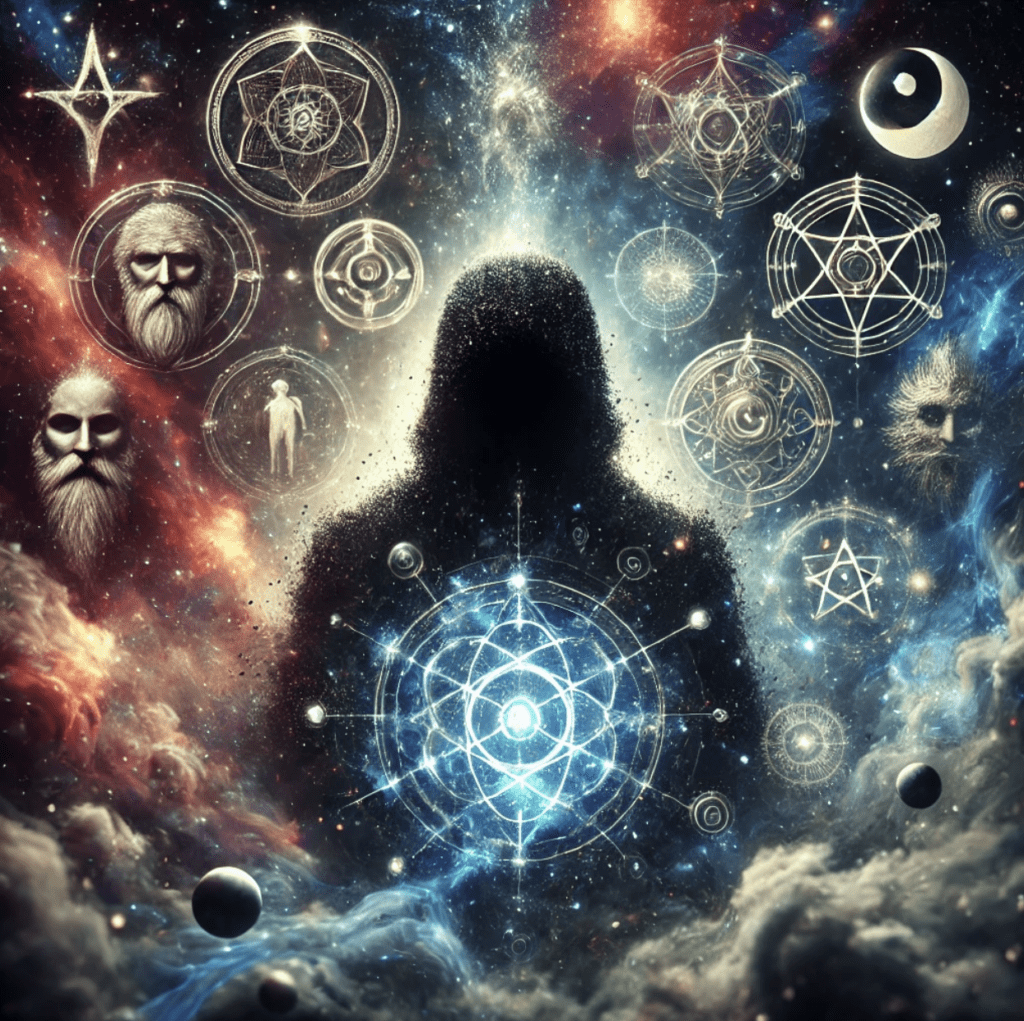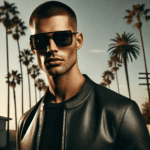In an age where consumers are bombarded with advertisements, it takes more than flashy visuals and catchy slogans to create a lasting impression.
To truly captivate an audience, brands must tap into something deeper – something embedded within the human psyche.
This is where Jungian symbolism comes into play.
Carl Jung, one of the most influential psychologists of the 20th century, introduced the concept of the collective unconscious – a deep reservoir of shared symbols and archetypes that transcend culture and time.
These symbols influence our:
- Thoughts
- Emotions
- And decisions
at a subconscious level.
Understanding and strategically integrating these symbols into marketing can create powerful emotional connections with consumers, making a brand unforgettable.
Understanding Jungian Archetypes in Branding
Jung outlined several archetypes that consistently appear in:
- Myths
- Religions
- And stories
across human history.
These archetypes are universally recognized patterns of behavior and personality that can be leveraged in branding and storytelling.
Each of these archetypes evokes specific emotions and resonates with distinct consumer desires.
By aligning your brand with an archetype, you create instant familiarity and connection with your audience.
Below are some of the most powerful archetypes and how they are used in marketing:
1. The Hero (Nike, Tesla, Red Bull)
- Core Idea: Strength, ambition, overcoming adversity, transformation
- Marketing Use: The hero archetype inspires customers to push beyond their limits. It appeals to those who seek to challenge themselves and achieve greatness.
- Example: Nike’s “Just Do It” slogan positions the brand as a motivational force for those striving to reach their highest potential. Similarly, Tesla markets itself as a revolutionary brand, challenging the status quo in the automotive industry.
2. The Rebel (Harley-Davidson, Supreme, Virgin)
- Core Idea: Breaking the rules, challenging authority, independence
- Marketing Use: The rebel archetype appeals to those who reject societal norms and seek to stand out.
- Example: Harley-Davidson embodies the outlaw spirit, encouraging riders to embrace the open road as a symbol of freedom. Supreme, with its limited releases and counterculture aesthetics, creates an aura of exclusivity and defiance.
3. The Sage (Google, Harvard, Etc)
- Core Idea: Wisdom, knowledge, discovery
- Marketing Use: The sage archetype is ideal for brands that position themselves as leaders, educators, or sources of deep insight.
- Example: Google’s mission to “organize the world’s information” solidifies them as a brand associated with intellectual growth.
4. The Magician (Apple, Disney, Dyson)
- Core Idea: Innovation, transformation, making the impossible possible
- Marketing Use: The magician archetype is about creating wonder, unlocking hidden potential, and delivering life-changing experiences.
- Example: Apple’s sleek designs and innovations (e.g., iPhone, iPad) reinforce its cutting-edge identity. Disney, the master of storytelling, transforms childhood imagination into reality through theme parks and films.
5. The Lover (Chanel, Victoria’s Secret, Ferrari)
- Core Idea: Passion, desire, intimacy
- Marketing Use: Brands that embrace the lover archetype focus on emotional and sensory appeal, making customers feel special, desirable, or indulgent.
- Example: Chanel’s advertising evokes sensuality and exclusivity, while Ferrari taps into the desire for prestige and adrenaline.
6. The Explorer (Patagonia, Jeep, The North Face)
- Core Idea: Adventure, freedom, discovery
- Marketing Use: The explorer archetype appeals to consumers who crave excitement, travel, and breaking free from routine.
- Example: Jeep’s “Go Anywhere, Do Anything” tagline directly speaks to the explorer spirit, reinforcing its rugged off-road capabilities.
7. The Jester (Old Spice, Wendy’s, M&Ms)
- Core Idea: Fun, humor, playfulness
- Marketing Use: The jester archetype is ideal for brands that use humor and entertainment to engage audiences.
- Example: Old Spice’s surreal and comedic ad campaigns make an otherwise mundane product (deodorant) feel fun and exciting.
Using Jungian Symbolism in Your Marketing Strategy
Now that you understand the power of archetypes, here’s how you can apply Jungian symbolism in your marketing efforts:
1. Choose the Right Archetype for Your Brand
Ask yourself:
- What core emotions do you want your audience to feel?
- How does your product / service fit into your customer’s self-image?
- Do you want to inspire, educate, challenge, entertain, or empower?
Aligning your brand with a clear archetypal identity makes it easier to develop marketing campaigns that naturally resonate with your audience.
2. Embed Archetypal Symbols in Your Visuals & Messaging
Jungian symbolism is not just about words – it’s deeply visual and emotional.
- Color Psychology: (Red = power, Black = mystery, Gold = success, Green = growth)
- Symbolic Imagery: (Wolves = independence, Fire = transformation, Eyes = perception)
- Mythic Storytelling: Frame your brand as the hero, guide, or disruptor in your industry.
3. Use the Hero’s Journey as a Storytelling Framework
Joseph Campbell’s Hero’s Journey, inspired by Jungian archetypes, provides a proven storytelling structure:
- The Ordinary World: (Your customer’s problem)
- Call to Adventure: (Your product offers a solution)
- The Mentor: (Your brand guides them to transformation)
- The Transformation: (Your product changes their life)
- The Hero’s Return: (They become a new, upgraded version of themselves)
Nike’s ads always show an athlete struggling (ordinary world), training hard (challenge), using Nike gear (mentor), and then succeeding (transformation).
This aligns perfectly with their Hero archetype.
4. Tap into the Collective Unconscious for Virality
Jung believed that deep-rooted symbols trigger instant recognition across cultures.
- Dark tropes like “forbidden knowledge” = Conspiracy-style marketing
- Aesthetics = Consciousness
- Ancient symbols (eyes, pyramids, ouroboros) = Mysticism, elite knowledge
By weaving in these elements subtly, brands can create intrigue and depth, making their messaging more memorable.
Conclusion
Jungian symbolism provides an unparalleled depth to branding and marketing by tapping into universal human emotions and subconscious desires.
By:
- Aligning your brand with a powerful archetype
- Leveraging symbolic imagery
- And using mythic storytelling
you can create marketing campaigns that resonate on a deep psychological level.
In a marketplace filled with forgettable ads, brands that utilize Jungian principles stand out as legendary forces.
Whether you’re:
- Inspiring
- Entertaining
- Or transforming your audience
understanding these timeless symbols will give your marketing a lasting impact.
You May Also Like:
"What Are The 5 Stages Of Customer Awareness?"
Effective Email List Building Strategies: A Comprehensive Guide
"What Are The Top Online Income Streams?"
"What Is The Life Force 8?"
Exclusive Multi-Millionaire Success Stories: Cybersecurity Entrepreneur
5 Questions To Ask Before Starting Your Business
Mastering Branding: A Comprehensive Guide
The Surprising Truth About Market Saturation
My name is Mister Infinite. I've written 600+ articles for people who want more out of life. Within this website you will find the motivation and action steps to live a better lifestyle.


